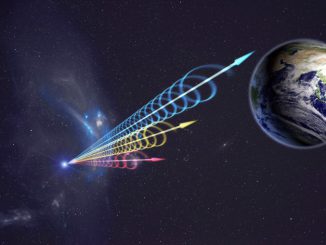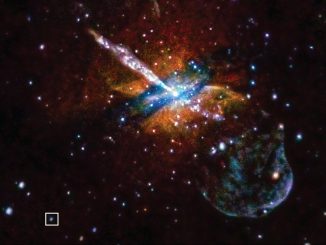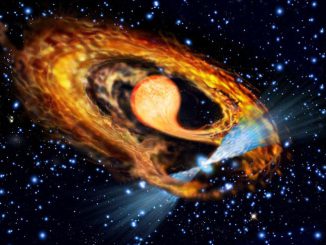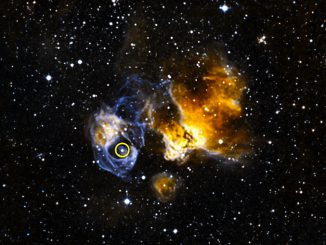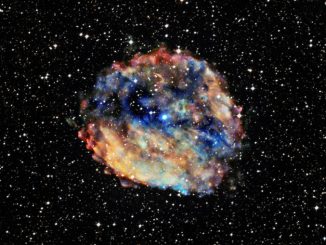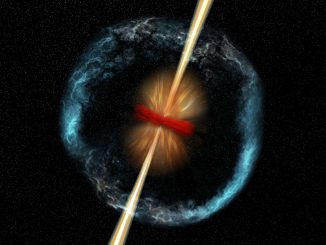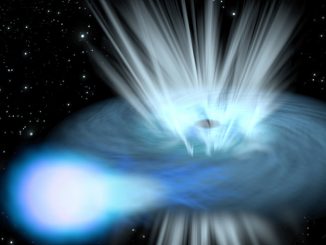
A stellar circle of life near Cygnus X-3
A discovery that provides a new way to study how stars form has been captured in a new portrait from NASA’s Chandra X-ray Observatory and the Smithsonian’s Submillimetre Array (SMA). A cloud that is giving birth to stars has been observed to reflect X-rays from Cygnus X-3, a source of X-rays produced by a system where a massive star is slowly being eaten by its companion black hole or neutron star.

